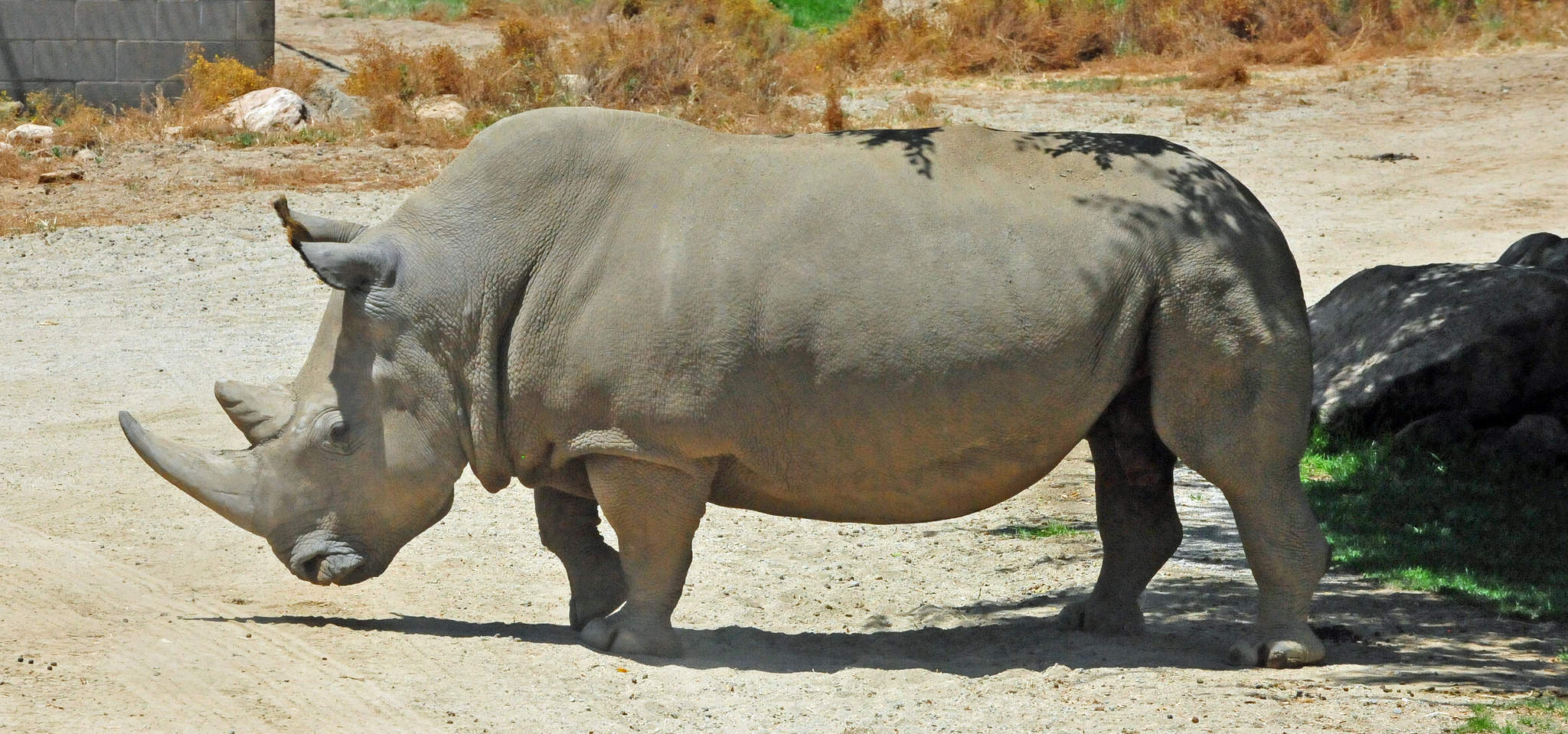For 55 million years, the northern white rhinoceros endured. It outlived the Ice Ages, walked through shifting tectonic plates, witnessed continents rearranged, and survived catastrophic events like meteor strikes and mass extinctions. Yet, in the end, it could not withstand the rise of one species—humans.
Once roaming freely across parts of Central and East Africa, the northern white rhino is now functionally extinct. This means that while two females are still alive—Najin and her daughter Fatu—they are incapable of natural reproduction. The last male, Sudan, died in 2018, taking with him the species’ final chance at continuing without human intervention.
This moment marks the quiet, devastating end of an evolutionary chapter that spanned tens of millions of years. It’s not just the loss of a majestic creature, but the erasure of a living thread that once connected Earth’s ancient past to its modern present.

The Long Road to Extinction
The northern white rhino didn’t vanish overnight. Its decline mirrors a global pattern of habitat destruction, illegal wildlife trade, and human conflict. Once numbering in the thousands, the species was relentlessly hunted for its horn, falsely believed in some cultures to have medicinal properties. Despite scientific evidence disproving those claims, demand remained high, driving black-market poaching and pushing the rhino to the brink.
Conservationists raised alarms for decades, but efforts were too often underfunded, politically unsupported, or simply came too late. Armed guards were eventually deployed to protect the last few rhinos, but even military-level security couldn’t reverse the damage already done.
More Than Just a Species Lost
The extinction of the northern white rhino isn’t an isolated tragedy. It’s a symbol of the broader ecological crisis unfolding across the globe. According to recent reports, species are disappearing at a rate at least 1,000 times higher than the natural background rate. Human-driven deforestation, pollution, climate change, and overconsumption have pushed countless animals and plants toward oblivion.
What’s uniquely tragic about the northern white rhino is that we watched it disappear in real time. Scientists named them, tracked them, tried to breed them, and mourned them. Yet we couldn’t—or wouldn’t—do enough to save them.
Hope Through Science?
Though the species is functionally extinct, scientists haven’t given up entirely. Through cutting-edge reproductive technology, a team of researchers is attempting to create viable embryos using eggs from the remaining females and frozen sperm from deceased males. These embryos would be implanted into surrogate southern white rhinos, a closely related subspecies.
It’s a long shot. Success is uncertain, and even if a calf is born, questions remain about whether it could ever live freely in the wild. But it’s a race not just against time—but against ourselves. The real question isn’t whether we can bring back a rhino—but whether we can change in time to stop losing more.
A Lesson in Legacy
The loss of the northern white rhino forces us to confront an uncomfortable truth: our progress has come at an immense ecological cost. In the span of a few decades, we erased a creature that endured nearly all of Earth’s natural trials. It wasn’t nature that defeated the rhino—it was us.
If anything can be salvaged from this extinction, let it be awareness. Let it be urgency. Let it be the will to act—for the elephants, the tigers, the coral reefs, the insects, and every other thread in the delicate web we call life.
Because if the story of the northern white rhino teaches us anything, it’s this: the time to care is not when a species is down to its last two. It’s now.
Main Source:
Scientific updates from the Ol Pejeta Conservancy and global wildlife conservation organizations.
